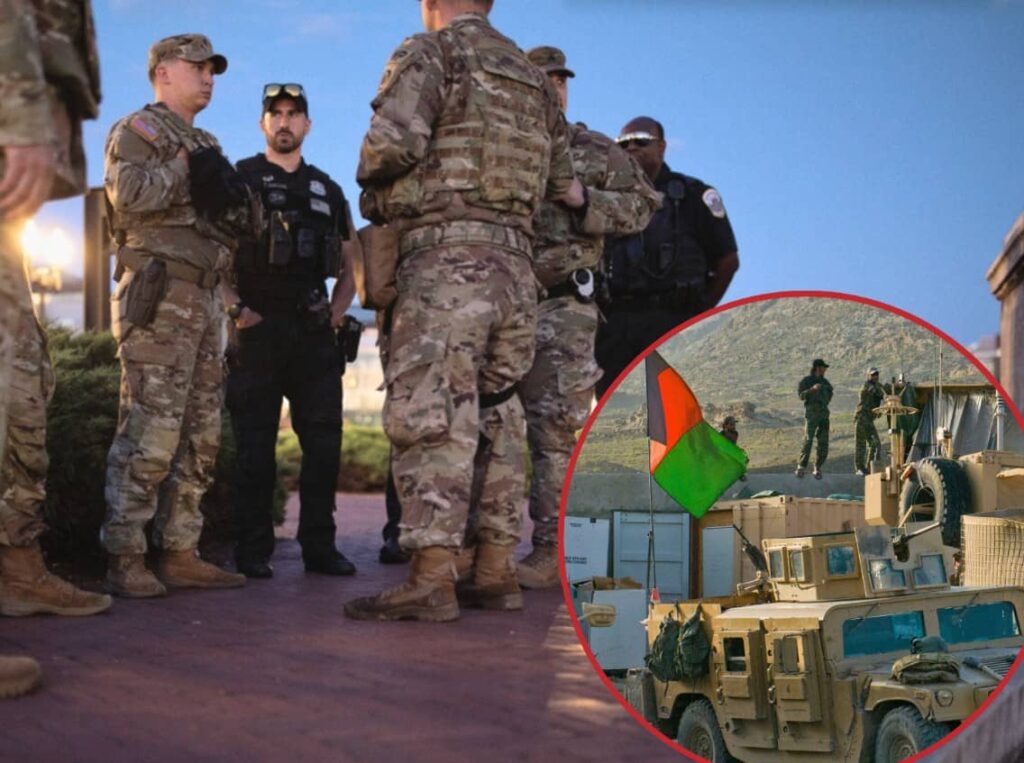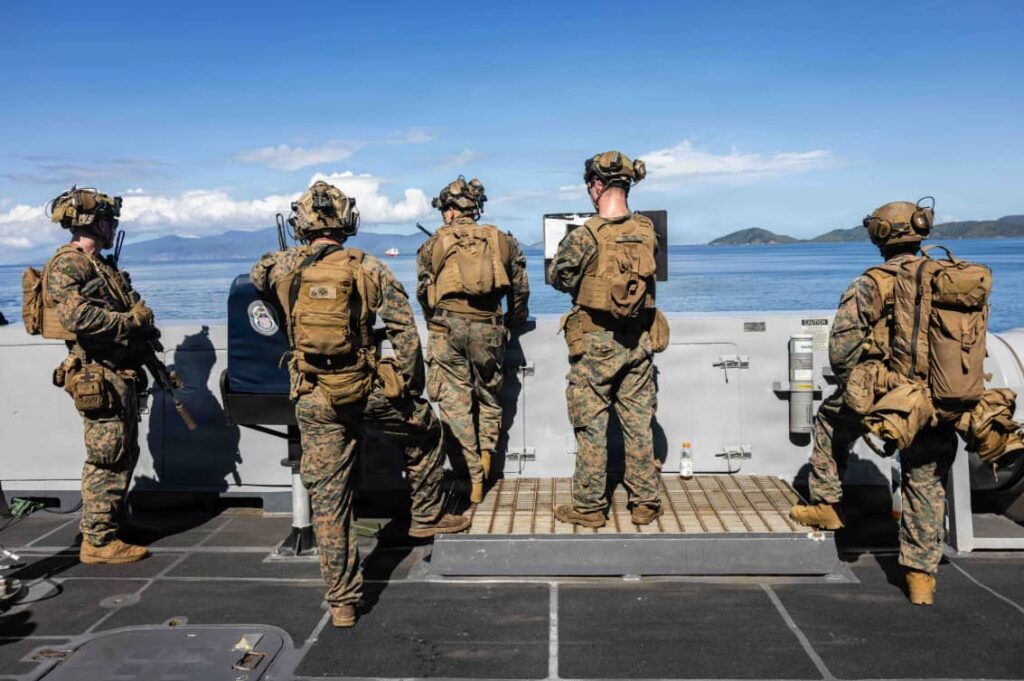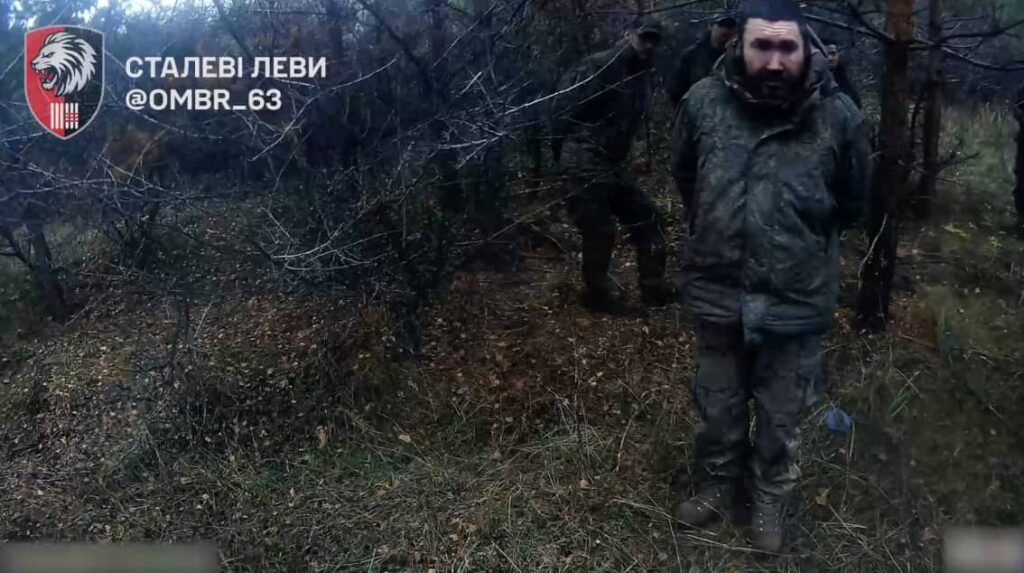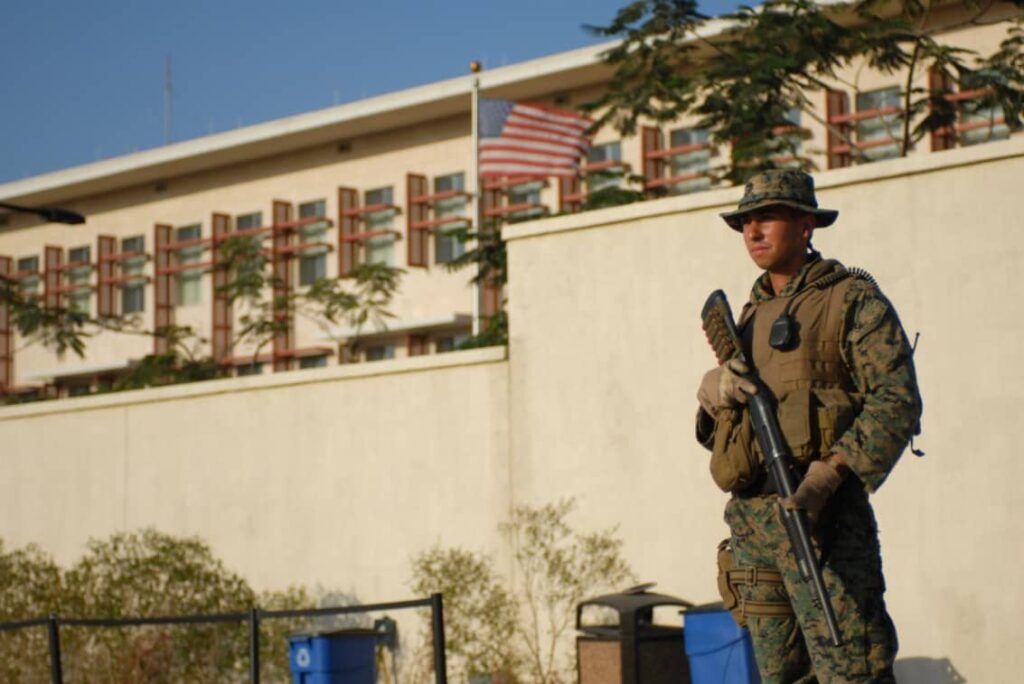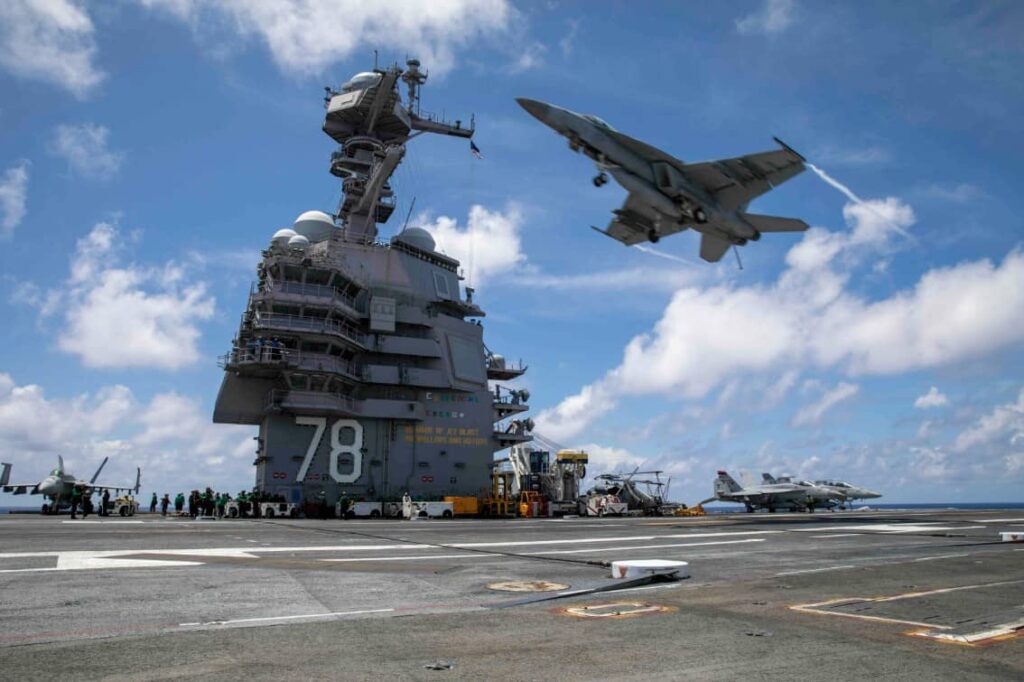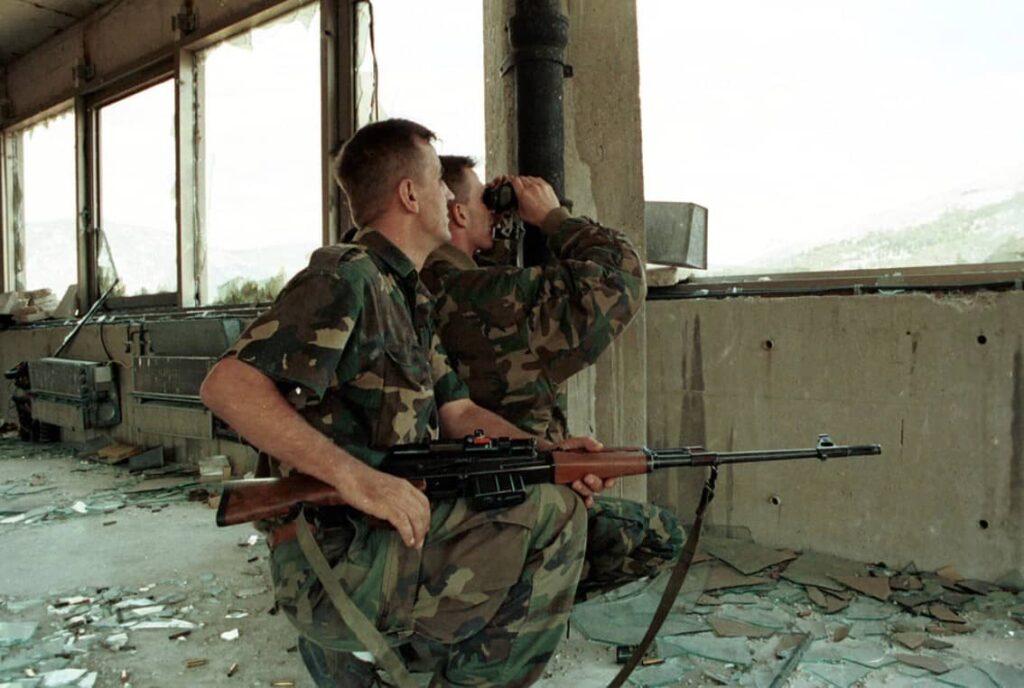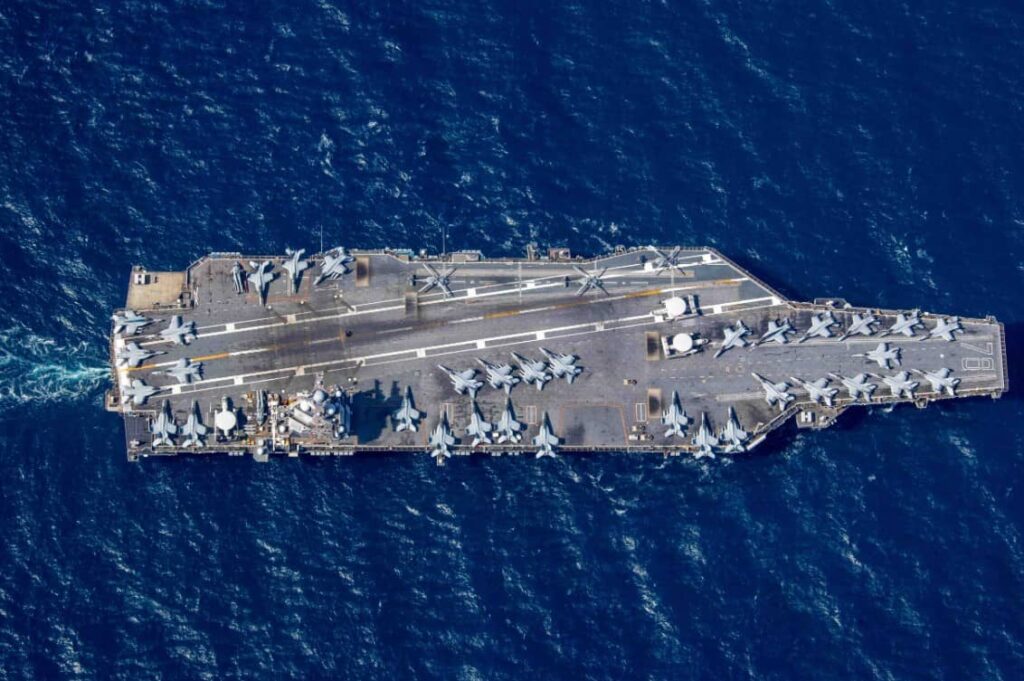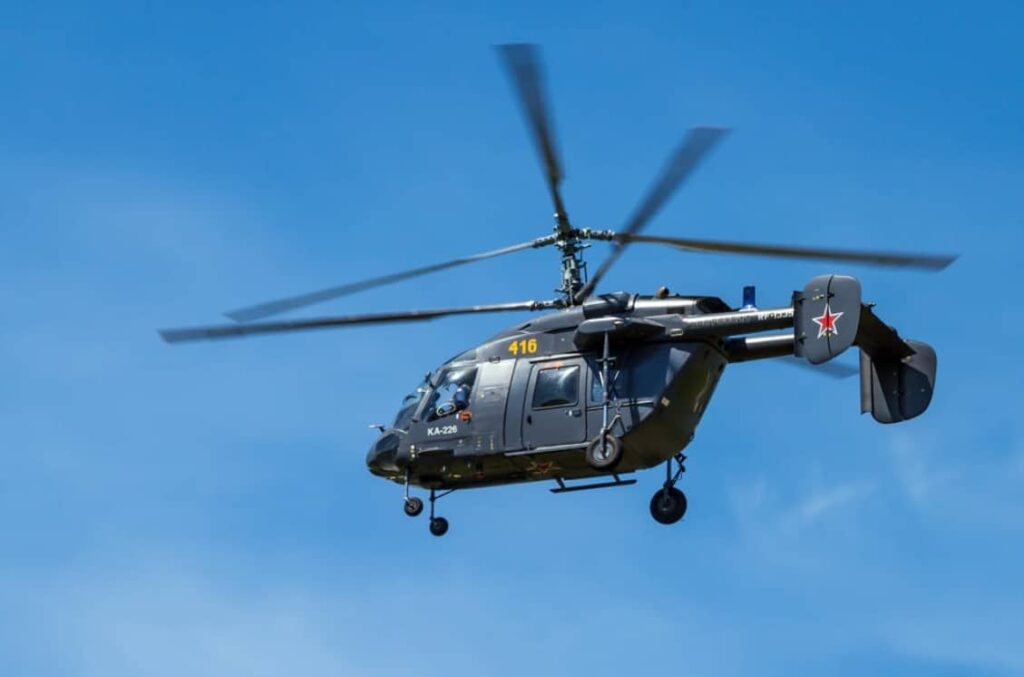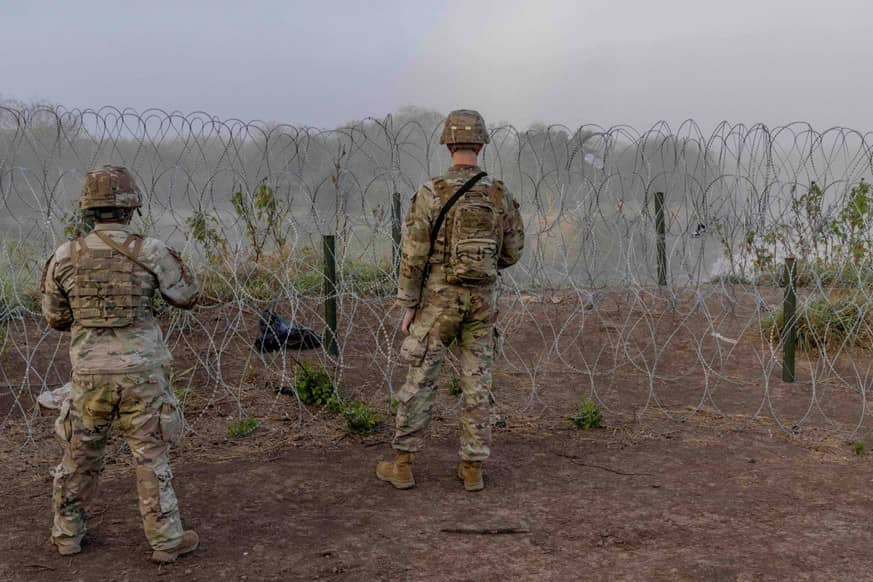CIA Allegedly Authorized for Covert Operations in Venezuela Following B-52H Show of Force
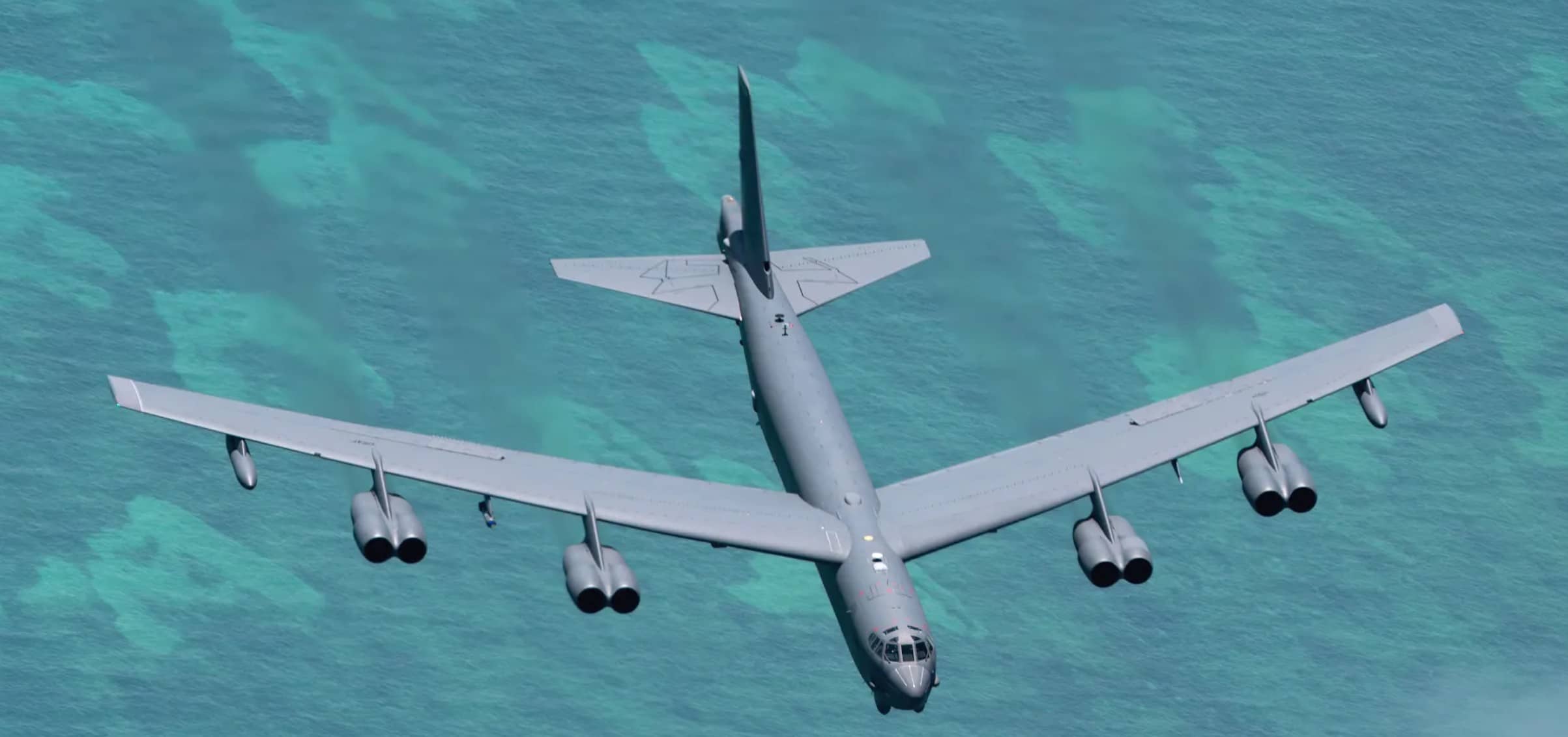
A trio of U.S. Air Force B-52 bombers was tracked flying orbits in international airspace off the coast of Venezuela earlier today. This is a major show of force that comes amid a larger U.S. military buildup in the Caribbean, ostensibly aimed at stemming the flow of illegal drugs north. At the same time, the Trump administration has been focusing particular pressure on the regime of Venezuelan strongman Nicolas Maduro, and the possibility of direct military action, beyond at times lethal maritime interdiction operations, has been steadily growing.
The three B-52s, with the calligns BUNNY01, BUNNY02, and BUNNY03, were tracked leaving Barksdale Air Force Base in Louisiana and heading south early this morning. The bombers subsequently turned east and flew to a patch of international airspace within what Venezuela refers to as the Maiquetía Flight Information Region (FIR).
BUNNY01 flt now orbiting within the confines of the MAIQUETIA FIR. The FIR doesn’t not constitute Venezuelan airspace but simply a ATC sector that they control. Are the B-52s talking to MAIQUETIA CONTROL or DUE REGARD? I don’t know. @liveatc had a MAIQUETIA ATC feed up 2 days ago… https://t.co/rM4PHgvBb5 pic.twitter.com/Evw1nJOxRx
— Thenewarea51 (@thenewarea51) October 15, 2025
???
— Manu Gómez (@gosthdarkconrad) October 15, 2025
-USAF B52 BUNNY01
-USAF B52 BUNNY02
-USAF B52 BUNNY03 pic.twitter.com/sEjgucnjp1
???
— Manu Gómez (@gosthdarkconrad) October 15, 2025
-USAF B52 BUNNY01
-USAF B52 BUNNY02
-USAF B52 BUNNY03 pic.twitter.com/sEjgucnjp1
The B-52s appear to have orbited within the Maiquetía FIR for roughly two hours before departing. U.S. F-35 Joint Strike Fighters, presumably Marine Corps B variants flying from the former Roosevelt Roads Naval Station in Puerto Rico, as well as Air Force aerial refueling tankers and other aircraft, have also been tracked in this same general area in recent weeks.
Both B-52s have just begun heading north, away from Los Roques after almost two hours of circling inside the Maiquetia FIR. #Venezuela https://t.co/9XCNLVuVvH
— CNW (@ConflictsW) October 15, 2025
3 bombarderos B-52 entrando al Mar Caribe. Ojo, quieren que los veamos entrar.
— 𝘼𝙧𝙧𝙚𝙘𝙝𝙤 (@Arr3ch0) October 15, 2025
BUNNY01 61-0010
BUNNY02 60-0052
BUNNY03 60-0033 pic.twitter.com/VK1piL70So
There are unconfirmed reports that at least one of the Venezuelan Air Force’s pocket fleet of U.S.-made F-16 fighters reportedly took off from El Libertador Air Base, situated to the west of Caracas, while the B-52s were orbiting offshore, but also that this may have been an unrelated training flight. Whether any attempt to intercept the bombers was made is unknown. Maduro did order new snap exercises today in the wake of another lethal U.S. attack on an alleged drug smuggling boat in international waters near Venezuela. In September, he said he had deployed some 25,000 troops to help secure the country’s border areas and key oil infrastructure against potential U.S. threats.
Venezuelan F-16s are reported as just departing from BAEL (El Libertador Airbase) as the B-52s turn north and head out of the Maiquetia FIR https://t.co/sRcEVWDvzu
— CNW (@ConflictsW) October 15, 2025
At the time of writing, it is unclear whether or not the B-52s have returned to base or are still airborne. TWZ has reached out to Air Force Global Strike Command (AFGSC) and Air Forces Southern (AFSOUTH) for more information about the bomber sorties into the Caribbean. AFSOUTH directed us to contact the Pentagon.
It is worth noting that B-52s, as well as Air Force B-1 bombers and other U.S. military combat aircraft, have taken part in counter-narcotics operations in the skies over the Caribbean, on and off, for decades now, as you can read more about here. The range and targeting capabilities that the B-52 possesses, in particular, can be useful for spotting and further investigating suspected drug smuggling vessels.
At the same time, openly flying B-52s in such proximity to Caracas seems clearly intended to send a message to Maduro and his regime. The bombers are capable of unleashing waves of standoff cruise missiles and can carry a host of other conventional munitions that can be employed against targets on land and at sea. Though the Venezuelan armed forces have limited air defense capabilities, they could still pose a threat. Standoff strikes from aircraft like the B-52 and other assets would be a likely component of any future U.S. direct action against targets inside the country to help reduce risks to friendly forces. They could even target air defense systems to help clear the way for follow-on operations.

